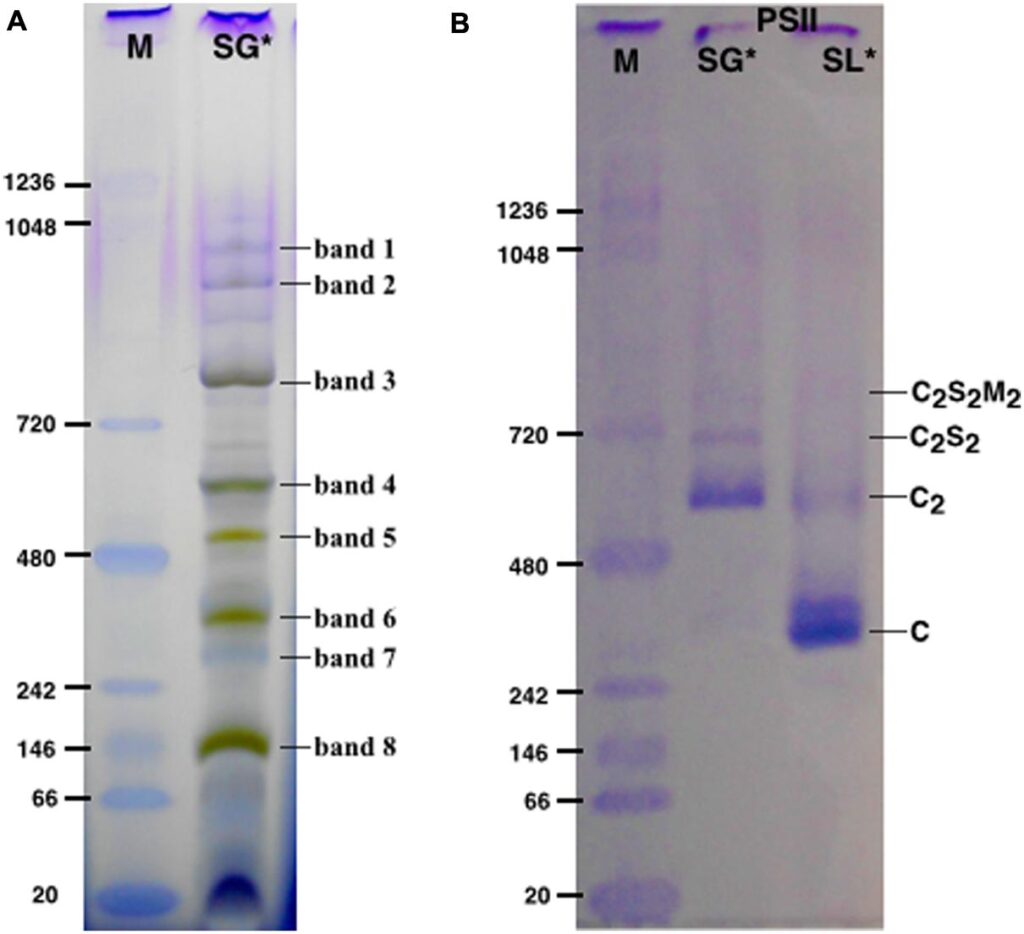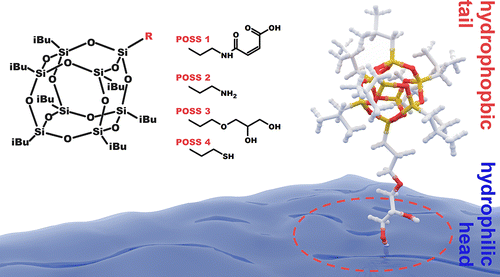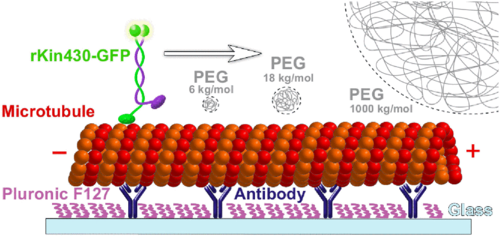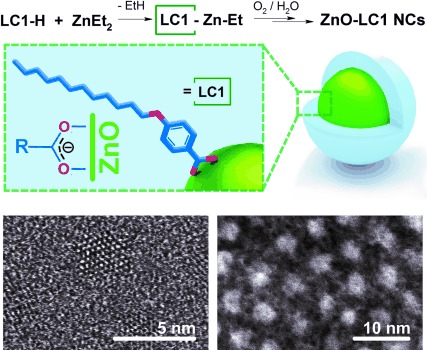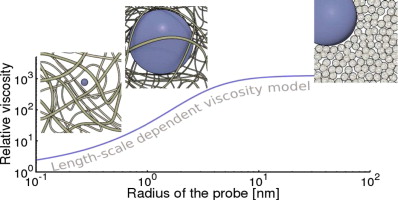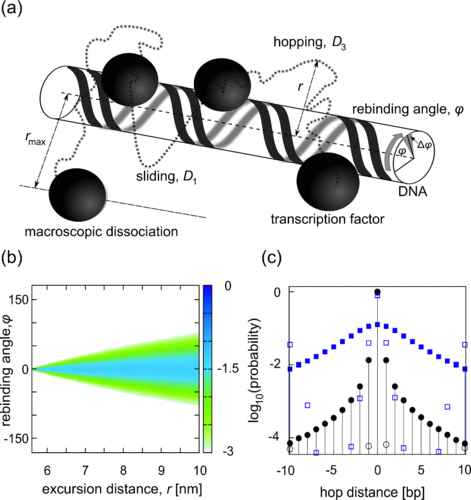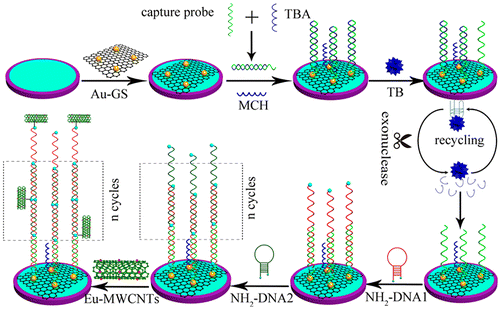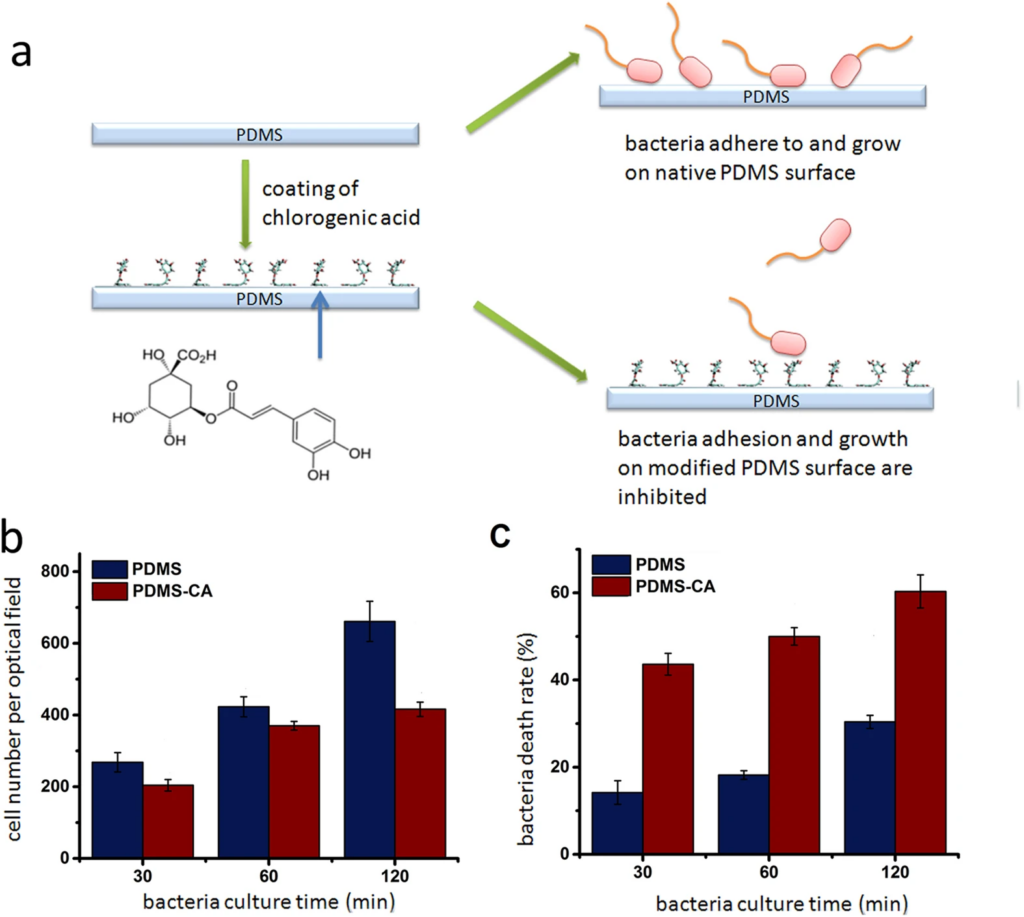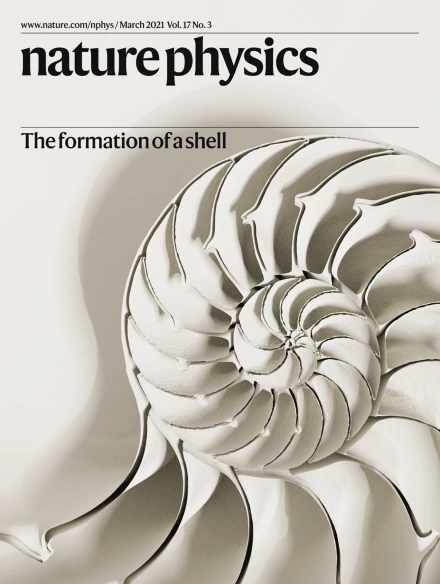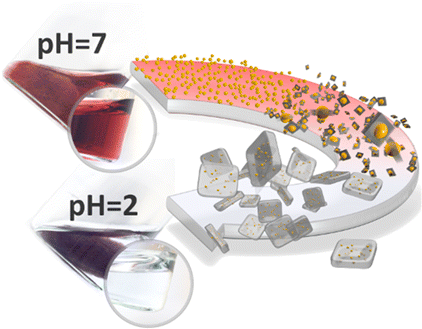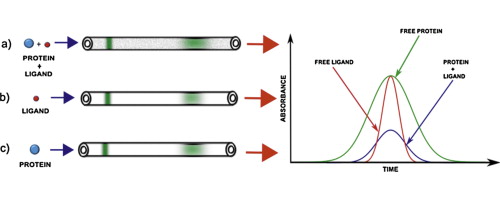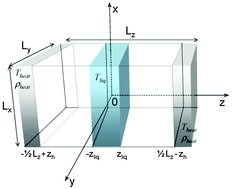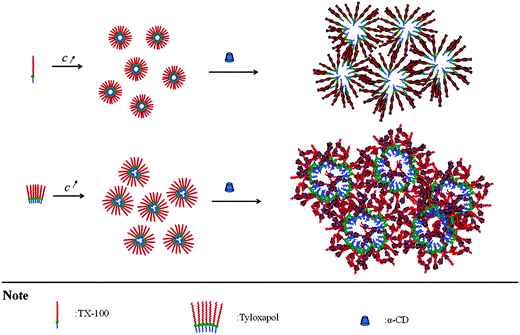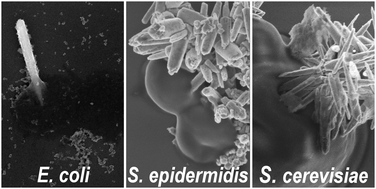
Influence of nanomechanical stress induced by ZnO nanoparticles of different shapes on the viability of cells
K. Matuła, Ł. Richter, W. Adamkiewicz, B. Åkerström, J. Paczesny and R. Hołyst
Soft Matter, 2016,12, 4162-4169
There is growing interest in nanostructures interacting with living organisms. However, there are still no general rules for the design of biocompatible nanodevices. Here, we present a step towards understanding the interactions between nanostructures and living cells. We study the influence of nanomechanical stress induced by zinc oxide (ZnO) nanostructures of different shapes on the viability of both prokaryotic (Gram-negative bacteria: Escherichia coli and Enterobacter aerogenes, and Gram-positive bacteria: Staphylococcus epidermidis and Corynebacterium glutamicum) and eukaryotic cells (yeast Saccharomyces cerevisiae and liver cancer cell line HepG2). Nanoparticles (NPs) and nanorods (NRs) of matching crystallographic structure (P63mc) and active surface area (in the order of 5 × 10−2 μm2) are almost non-toxic for cells under static conditions. However, under conditions that enable collisions between ZnO nanostructures and cells, NRs appear to be more damaging compared to NPs. This is due to the increased probability of mechanical damage caused by nanorods upon puncturing of the cell wall and membranes. Gram-positive bacteria, which have thicker cell walls, are more resistant to nanomechanical stress induced by NRs compared to Gram-negative strains and eukaryotic cells. The presented results may be exploited to improve the properties of nanotechnology based products such as implants, drug delivery systems, antibacterial emulsions and cosmetics.

